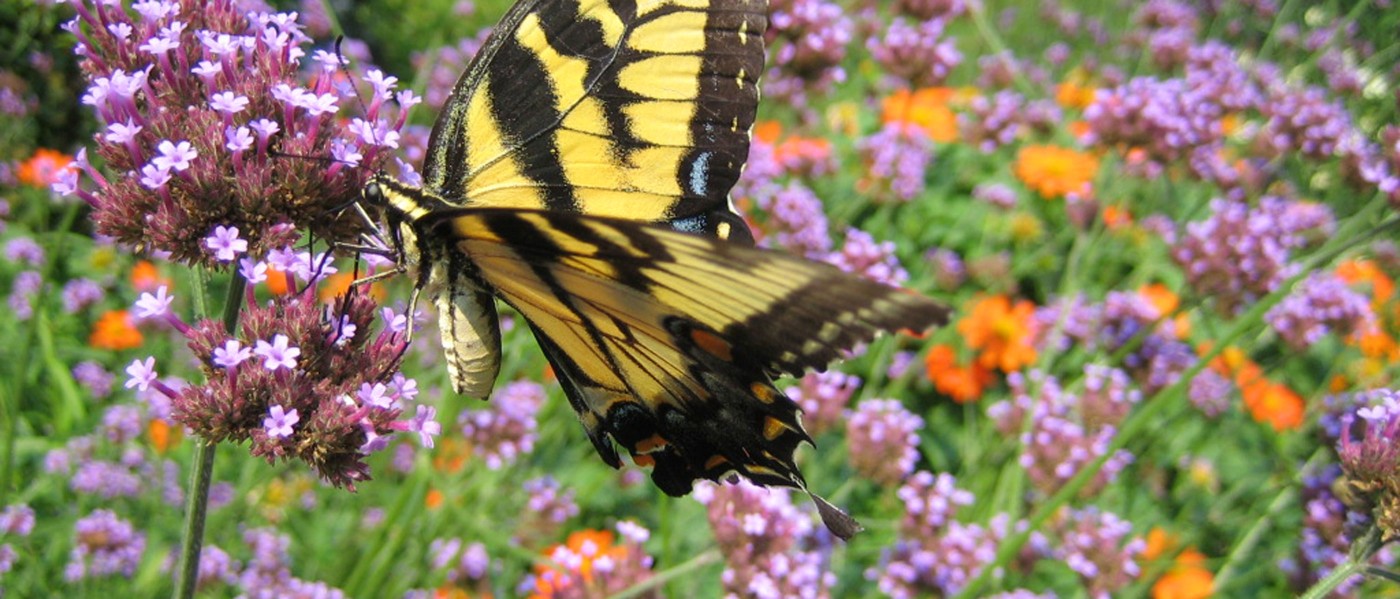From small ants crawling on the ground to bees flying in the air, insects are the most diverse group of organisms on Earth—and they play a vital role in our ecosystems.
As an insect advocate and ninth-grade student in New York, I’ve found that many people, from young kids to adults, think insects are gross. I used to think so, too.
This feeling morphed into fascination when I did a research project in elementary school. I learned about the crucial work they do as pollinators, decomposers, and food for other animals, as well as their remarkable survival strategies. When I found out that an alarming 41 percent of insect species are in decline, I felt compelled to raise awareness.
Gardens are a great place to learn about insects and all the benefits they offer us. Pollinators like bees and moths help flowering plants and crops produce seeds and fruits. Insects also help garden ecosystems thrive by controlling pest populations, breaking down organic matter, and supporting the food chain. For example, chickadee parents need thousands of caterpillars to feed just one clutch of chicks.
Below are five fascinating insects that you might find in a garden in northeastern North America.
Cicada (Cicadoidea family)
Cicadas are massive iridescent insects with large wings and beady eyes that appear in the summer. You might hear their loud sounds before you see them.
Cicadas spend most of their lives underground, emerging to mate and lay eggs. Some cicada species appear annually, while others spend up to 17 years underground. They help the ecosystem by aerating the soil and supporting the food chain.
Eastern carpenter bee (Xylocopa virginica)
These insects, native to Eastern North America, resemble bumble bees with their fuzzy yellow thoraxes. You can often find them around wooden homes and decks, where females nest. (To prevent damage, consider hardwood structures and painted or varnished surfaces.)
As adults, they are essential pollinators and a food source for animals.
Crane fly (Tipulidae family)
At first glance, crane flies may seem intimidating. With their slender bodies, long legs, and diagonal wings, they resemble large mosquitos.
But don’t be alarmed by these gentle giants! During their larval stage, they play a crucial role in decomposition by consuming decaying vegetation.
Eastern tiger swallowtail butterfly (Papilio glaucus)
This stunning butterfly species is named for the extended tail on its hindwings, reminiscent of the swallowtail bird, and their tiger-like yellow and black stripes.
Despite their broad wingspan, Eastern tiger swallowtails do not migrate. They spend the winter as chrysalises. Upon emerging as adults, they contribute to the pollination of native plants and crops.
Blue dasher (Pachydiplax longipennis)
During the summer, you can find these striking insects hovering over ponds, lakes, and other bodies of still water.
Blue dashers stand out in a pop of color with long slender bodies varying in shade from blue (male) to yellow (female). They care for the ecosystem by eating mosquitos and other insects, consuming up to 10 percent of their total body weight each day!



